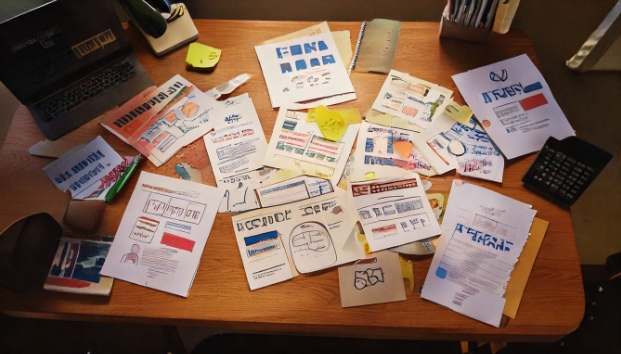There’s More Than One Original
- Info Trilogica Global
- 3 days ago
- 1 min read
Why Global Content Shouldn’t Start with Just One Language
For decades, the global content model has worked like this: write in English, translate into everything else. That single-language origin has shaped how organizations build campaigns, structure workflows, and even define quality.
But today’s audiences expect more. They compare versions, recognize tone, and spot when content feels like an afterthought. The idea of one “original” no longer holds up.
DirectGC™ introduces a new approach: market-native generation. Instead of anchoring everything to a source file, teams work from a shared semantic blueprint that defines the intent, tone, and purpose of the message. From that shared core, content is generated in multiple languages, natively, simultaneously, and aligned to each market’s expectations.
Each version is crafted to feel original to its audience. The Brazilian Portuguese version may lean into warmth and informality. The Japanese output may reflect precision and humility. The French version might carry a polished, intellectual tone. These aren’t adaptations. They are originals, built from the same strategic foundation.
This doesn’t sacrifice brand consistency. It strengthens it. The blueprint ensures message alignment. Market-specific parameters ensure fit.
It also changes how teams work. Local stakeholders are no longer editors of foreign text. They become co-creators, guiding how the message lands in their region.
There’s no longer a need to decide which language gets to be “first.” Every version is first for its audience.
In a global economy built on cultural nuance and speed, this shift matters. Brands that embrace market-native content stop translating their ideas. They express them, everywhere they speak.




Comments